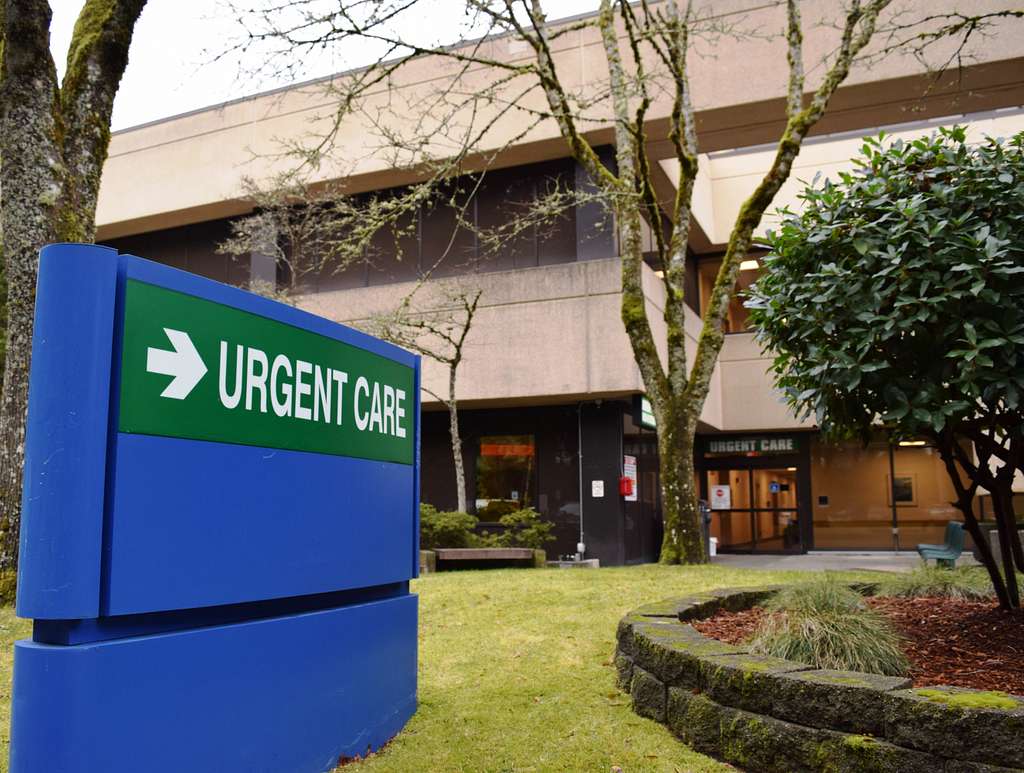When it comes to sudden health concerns, deciding where to seek medical care can feel overwhelming. The choice between urgent care and the emergency room (ER) depends on the severity and nature of your symptoms. Knowing the difference can save time, money, and help make sure you receive the most appropriate care. It can be helpful to explore common situations for visiting urgent care versus the ER, so you can make an informed decision when the need arises.
When to Choose Urgent Care
Immediate care addresses medical issues that require quick attention but aren’t life-threatening. They offer a convenient solution for non-emergency medical needs. These facilities prioritize timely care to help patients receive prompt attention.
Minor Illnesses Without Warning
Waking up with a sore throat, earache, or sudden nausea can be frustrating, but urgent care centers are here to help. These facilities offer prompt diagnosis and treatment for conditions such as urinary tract infections, sinus infections, and strep throat. At these clinics, you usually don’t need an appointment, making it a convenient option for unexpected minor health issues.
Mild Cuts or Sprains
Accidents happen, whether it’s a kitchen mishap or a twisted ankle during exercise. Urgent care centers are equipped to handle minor injuries such as small cuts, bruises, or mild sprains. From stitching up wounds to applying splints, they provide the necessary care to get you back on your feet quickly.
Cold or Flu Symptoms
Nagging cough, fever, or congestion doesn’t always warrant a trip to the ER, but immediate care can help. Staff can conduct tests to confirm flu or respiratory infections and prescribe medications to alleviate your symptoms. It’s a quick and reliable way to start feeling better without the long wait.
Non-Life-Threatening Pain
For mild to moderate pain, like recurring headaches, muscle strains, or backaches, walk-in clinics are a great option. These facilities focus on quick evaluation and treatment to help you find relief. You’ll save time and get the care you need without the hassle of prolonged waiting times.
When to Choose the Emergency Room
The ER is designed to handle severe, life-threatening, or rapidly deteriorating medical emergencies. If you have symptoms indicative of a serious condition, visiting the ER is necessary. Here are situations where emergency room care is beneficial:
- Chest Pain or Breathing Trouble: Sharp or crushing chest pain, difficulty breathing, or persistent dizziness or fainting could be signs of a serious issue.
- Severe Bleeding or Trauma: Uncontrolled bleeding that won’t stop with pressure, deep cuts exposing muscle or bone, or serious injuries from car accidents or falls require immediate attention.
- Sudden Confusion or Slurred Speech: Sudden neurological symptoms, such as confusion, slurred speech, or numbness on one side of the body, should not be ignored.
- High Fever in Young Children: A fever of 100.4°F or higher in infants under three months old, high fever accompanied by seizures or lethargy, or persistent vomiting and signs of dehydration can be cause for concern.
Choose Urgent Care with Confidence
Understanding whether to visit urgent care or the emergency room can help you secure the necessary care without added stress. For non-life-threatening issues, urgent care centers provide accessible and efficient treatment. In more severe cases, prioritize safety by heading to the ER or calling 911. With this knowledge, you can make confident, informed decisions about your healthcare.
- crypto30x com zeus Review: Is It the Best Platform for U.S. Crypto Traders in 2025?
- Super Scatter Juara100.org Medal: The Ultimate Guide to Winning Big in Online Gaming
- Ziuqyazhmizz: Ancient Slavic Practice Explained – Meaning, Benefits & Daily Life Guide
- Zaxtexporoz: A Simple Guide to Xcer Tools, Digital Trends, and Smart Solutions
- Casîo: A Symbol of Innovation, Durability, and Global Trust




